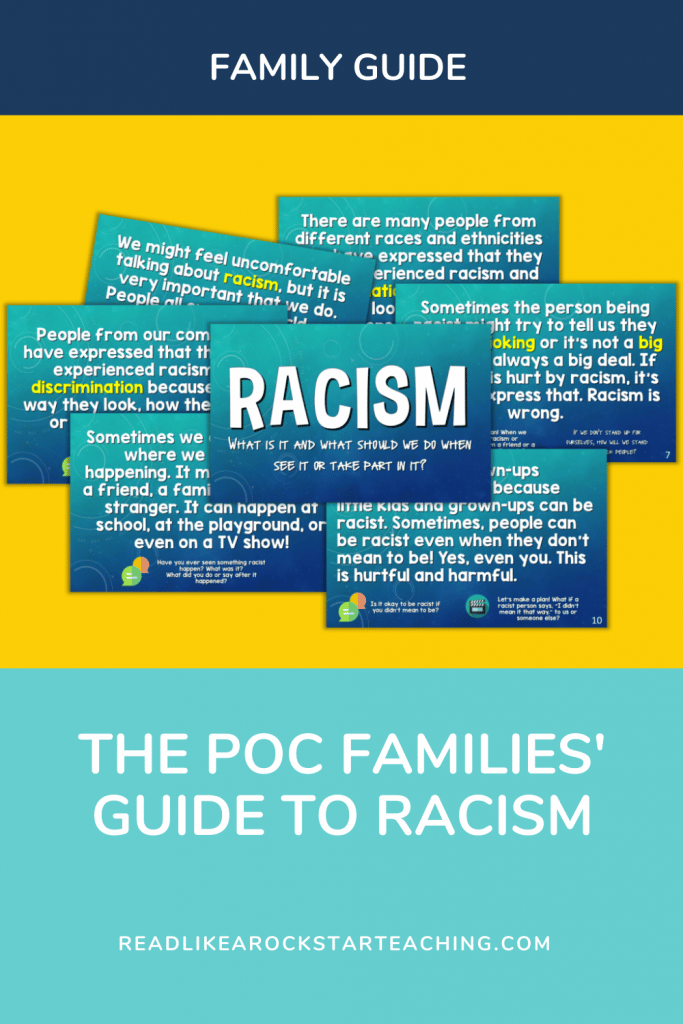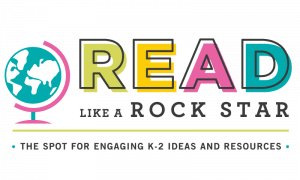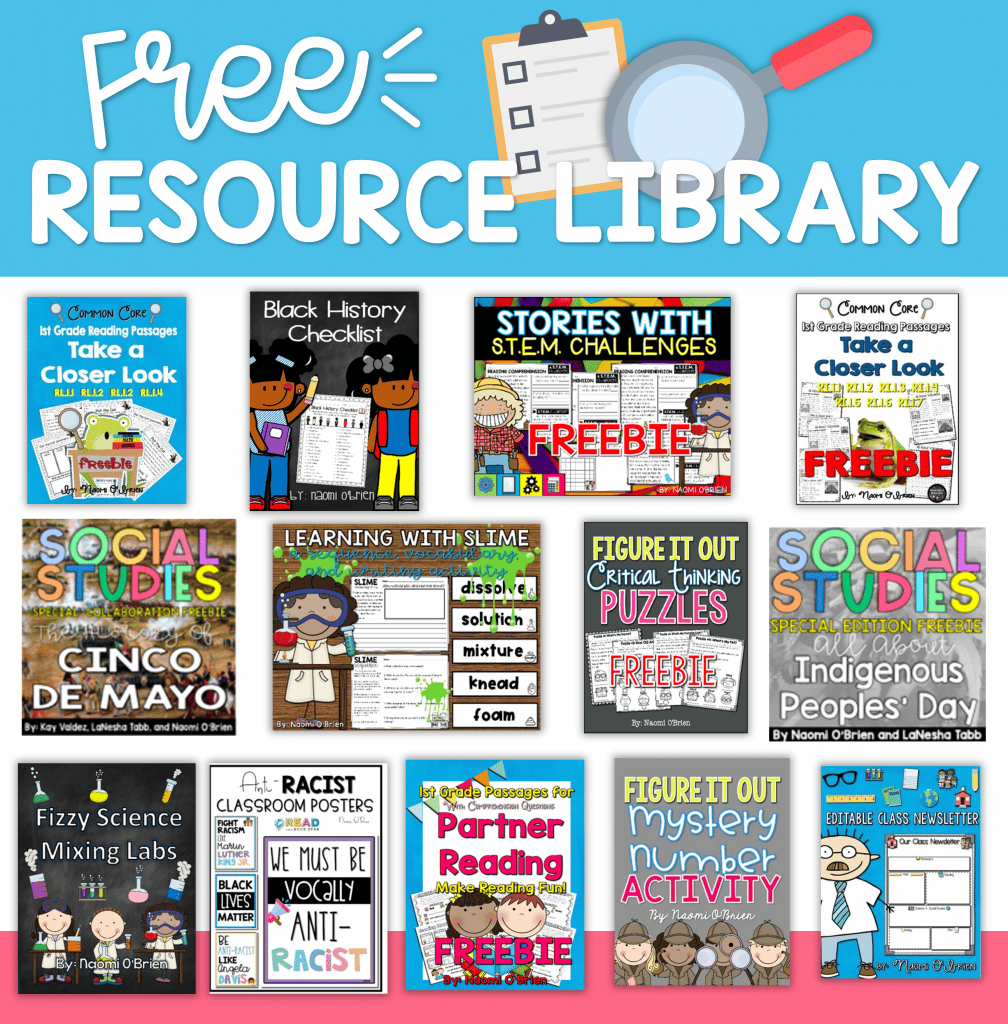

*click ANY image in this post to be taken to the product.
LaNesha and I created this guide after many requests for this version. We created The White Families’ Guide for Racism: How Can We Grow to Be Anti-Racist and heard from non-Black families of color that realized the need for a guide like this for their families. Black, Indigenous, and other people of color also face discrimination and racism. We recognize that. This book is focused around equipping your children to understand that as well as the racism that affects the Black community.
If you are a white mom, but have children of color, this is not for your family. You should not ever process your racism towards people of color in front of children of color.
We have built-in opportunities for your family to share experiences with racism and discrimination that are unique to your community. This will help them compare and contrast the experiences that are unique to the Black community.
Remember to encourage your children to be honest. They are young. They can unlearn anything harmful they have learned. Be honest about your growth, too. Talk to them about feelings you have about the Black community and how they may have grown or changed over time. Talk to them about negative stereotypes you’ve heard that you know are not true.
Your child might be tempted to keep interjecting about the discrimination or racism they have faced. Validate their feelings. Hear them. You do not have to dismiss their feelings to teach them that Black lives matter, too.

Make sure you set a clear purpose for the discussions and lessons you will be having over the next couple of days or weeks.
We included icons to serve as visual cues that will guide your conversations.
We need you to know that you and your kids can do racist things, even if you don’t identify yourself as a racist person and even if you are a family of color (Indigenous, Asian, Latinx). In the same way that a nice person can sometimes do or say mean things that are out of character, so can you or your children when it comes to doing or saying racist things towards the Black community. Now that you’ve committed to being more aware, you may notice things more clearly and be able to call it out every time you see it. And you’ll be able to change your behavior and apologize when you need to. This will also help your children recognize when they are on the receiving of racism or discrimination and empower them to speak up.
When defining racism for your kids. Please be sure to talk to them about microaggressions. Some kids (and adults) only think of racism as the really big and violent acts Black people face. It isn’t always easy to spot if you don’t know what all forms of it look like.
The conversations can get as deep and as real as you allow. Try to provide many examples from real events, especially if they are personal events, when you can.
When learning about the biases your kids hold, remember to thank them for their honesty. You can help them become aware of their biases so they can work on not acting on them.
Make sure to also tell your kids WHY you all are focusing on being an ally to the Black community. Remind them that, everyone matters, but right now, you are focusing on the Black community and the racism they experience.
Your children will learn about white privilege and you can equip them to teach others about it. Your family can commit to being an ally to the Black community and help to be a part of the solution. Imagine the impact of families all over the country holding each other accountable and engaging in this work with their children.
We are sure you already do, but remember to continue to affirm your children. Remind them that the discrimination or hate they may endure is also wrong.

Here are some articles and book links that will help you with this resource:
We hope you can shift away from thinking these conversations are too hard to have, to realizing these conversations are too important NOT to have.
Best,
Naomi and LaNesha


Because we realize the value of important topics like this, LaNesha and I love to make sure our own students and children are exposed to a variety of much needed social studies lesson. We teach kindergarten and first grade, but our students continue to amaze us with the big ideas they are able to handle!
What are your children learning in school for social studies? How diverse are the books being presented to them at school? It’s important for parents to continue to take an active role in what their students are learning!
You can push for culture nights at your school. Ask what anti-racist work your child’s school engages in. You may also want to ask how important inclusion and diversity is for every classroom in your child’s building.
Together, we can make a difference.
Click here to check out the social studies resources we have created. Consider purchasing a unit for a teacher to use. They are K-2 friendly!






| Cookie | Duration | Description |
|---|---|---|
| cookielawinfo-checkbox-analytics | 11 months | This cookie is set by GDPR Cookie Consent plugin. The cookie is used to store the user consent for the cookies in the category "Analytics". |
| cookielawinfo-checkbox-functional | 11 months | The cookie is set by GDPR cookie consent to record the user consent for the cookies in the category "Functional". |
| cookielawinfo-checkbox-necessary | 11 months | This cookie is set by GDPR Cookie Consent plugin. The cookies is used to store the user consent for the cookies in the category "Necessary". |
| cookielawinfo-checkbox-others | 11 months | This cookie is set by GDPR Cookie Consent plugin. The cookie is used to store the user consent for the cookies in the category "Other. |
| cookielawinfo-checkbox-performance | 11 months | This cookie is set by GDPR Cookie Consent plugin. The cookie is used to store the user consent for the cookies in the category "Performance". |
| viewed_cookie_policy | 11 months | The cookie is set by the GDPR Cookie Consent plugin and is used to store whether or not user has consented to the use of cookies. It does not store any personal data. |
Thank you for your interest in booking a private professional development experience! Please fill out our Booking Inquiry form and a member of our team will contact you soon.